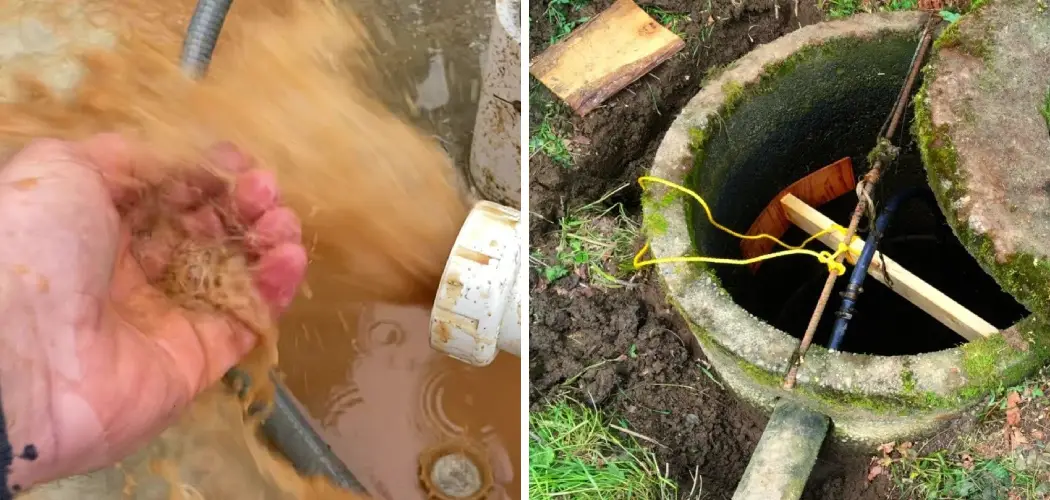Having your water supply contaminated by sediment can be a frustrating and time-consuming problem to deal with. If you have an outdoor well, natural wear and tear from the elements—coupled with other environmental factors like repeated heavy rain or flooding—can cause sediment buildup that blocks potential water sources. Thankfully, there are steps you can take to clean out this unwelcome debris and protect against future occurrences.
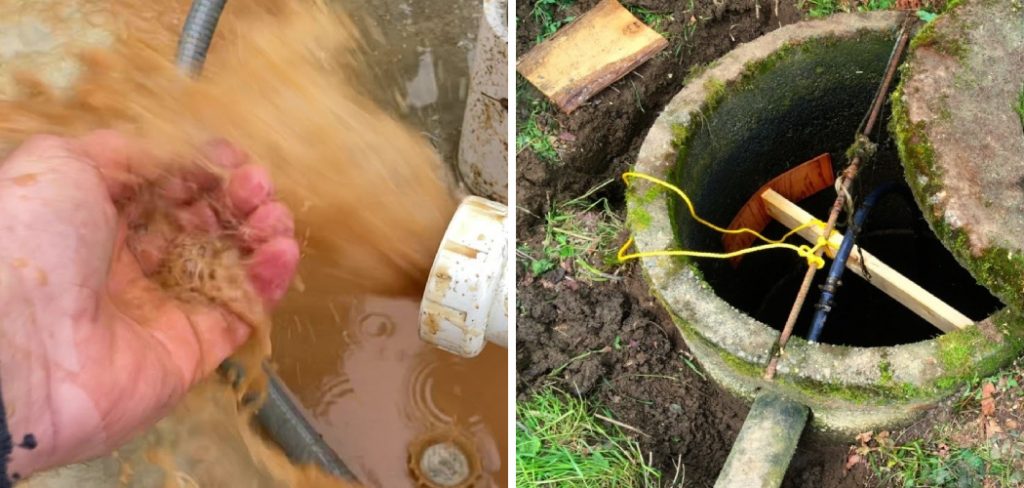
In this blog post, we’ll discuss various techniques for how to clean sediment out of a well including manual labor methods as well as strategies utilizing additional tools for better efficiency. Get ready to learn how you can restore peak performance in no time!
10 Best Methods on How to Clean Sediment Out of a Wall
1. Manual Labor:
One of the most straightforward ways to remove sediment from a well is through manual labor. This method involves using a bucket with a rope attached to it and manually scooping out the debris from inside the well. While this may take some time and effort, it can be effective at removing larger chunks of sediment. If you have a smaller well, this method may be the most practical option.
2. Air Lift Well Cleaning Method:
For larger wells, an airlift well cleaning method can be used. This technique works by using compressed air to create a vacuum that sucks out the sediment from the bottom of the well. The debris is then collected in a holding container for disposal. This method requires specialized equipment and training, so it’s best to hire a professional for this task.
3. Well Jetting:
Well, jetting is another method that uses high-pressure water to clean out sediment from the well. This process involves inserting a long, narrow hose deep into the well and blasting it with water at high pressure. The force of the water dislodges the sediment and pushes it out of the well through an attached hose. Like airlift well cleaning, this method may also require professional assistance.
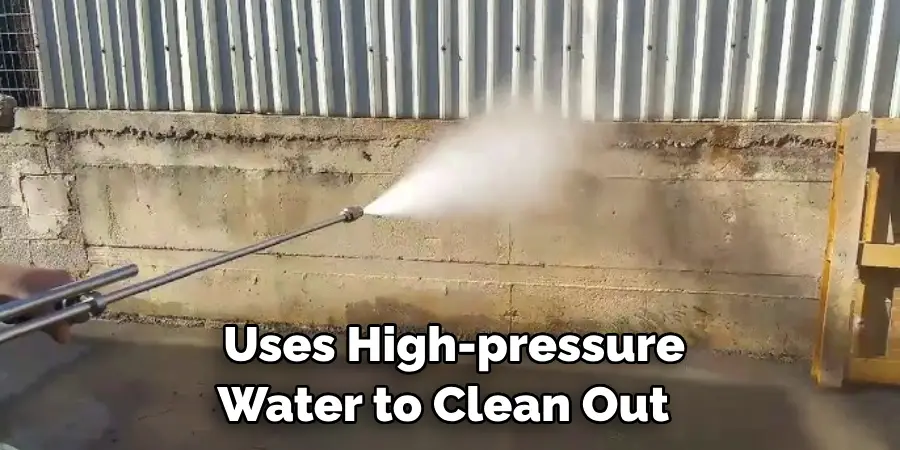
4. Chemical Treatment:
Chemical treatments can also be used to dissolve sediment in a well. This method involves pouring chemicals into the well that react with the sediment and loosen it from the walls of the well. Once loosened, the debris can be pumped out using a submersible pump or flushed out with a high-pressure water jet. However, this method may not be suitable for all well types and could potentially contaminate the water supply if not done correctly.
5. Well Brushing:
For wells with smaller amounts of sediment buildup, well brushing can be effective at removing the debris. This method requires using a specialized tool called a well brush that is attached to a long handle. The brush is then manually inserted into the well and used to scrub away the sediment from inside the walls. Afterward, the debris can be removed with a submersible pump or manually scooped out.
6. Gravel Packing:
Gravel packing is another method that involves using gravel to clean out sediment in a well. This technique works by filling the well with layers of gravel and then pumping water through it to push out the debris. The gravel also helps to keep the walls of the well stable, preventing future sediment buildup. This method may require professional assistance and specialized equipment.
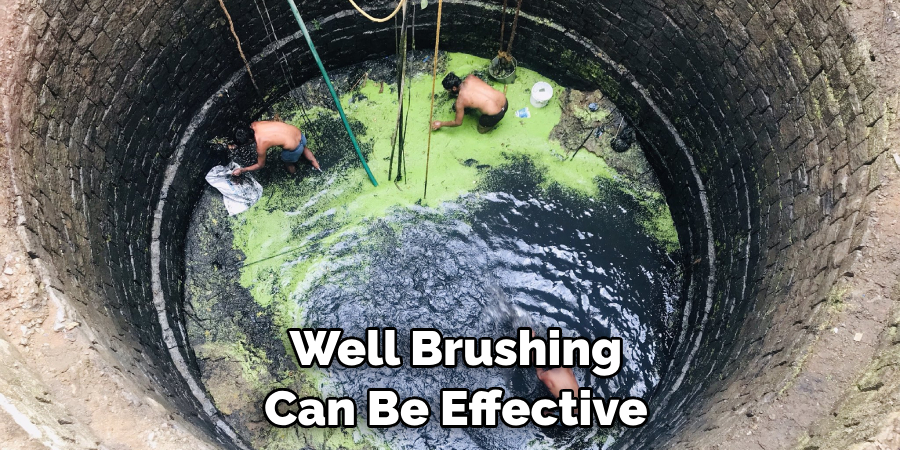
7. Reverse Circulation Well Cleaning:
Reverse circulation well cleaning is a method that involves using a specialized tool called a reverse circulation bit attached to a drill rig. This tool allows for efficient removal of sediment and can reach deep into the well. However, this method is best suited for larger wells and requires professional assistance.
8. Well Surge Blockage Removal:
Well, surge blockage removal is a technique that involves using a pump to create surges of water inside the well. These surges help to dislodge sediment and push it out of the well. This method is best suited for wells with small to medium sediment buildup and may require professional assistance.
9. Magnetic Well Cleaning:
For wells that have a high concentration of metallic sediment, magnetic well cleaning can be used. This method works by using a powerful magnet to attract and remove the metal debris from the water supply. It’s important to note that this method may not be effective for non-metallic sediment or larger amounts of debris. This is another method that may require professional assistance.
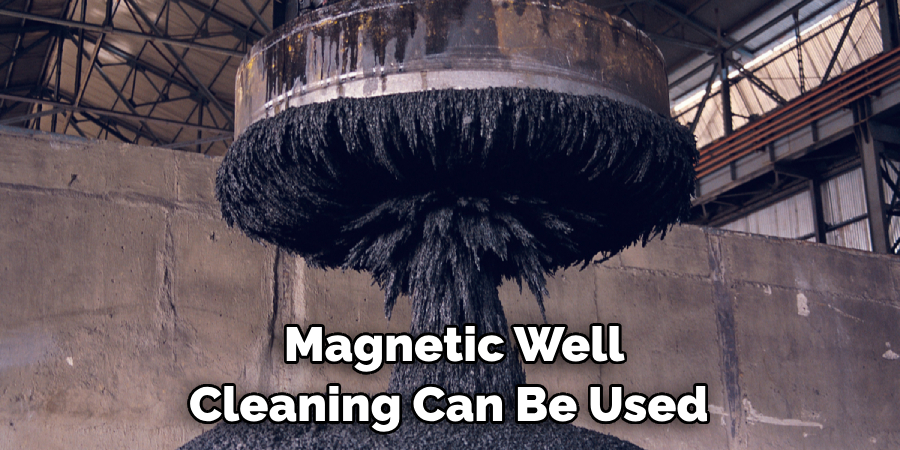
10. Well Camera Inspection:
Finally, well camera inspection is a useful tool for identifying the source and extent of sediment buildup in a well. This method involves inserting a specialized waterproof camera into the well to capture images and videos of the interior. This can help determine the best course of action for cleaning and preventing future sediment issues. A professional should be hired for this method as well.
Following these techniques, you can effectively clean sediment out of a well and ensure the quality of your water supply. Remember to always follow safety precautions and seek professional assistance when necessary for better results.
With proper maintenance and regular inspections, you can prevent sediment buildup and enjoy clean, clear water from your well. So don’t wait any longer – put these methods into practice and say goodbye to sediment buildup in your well! Happy cleaning!
Additional Tips and Tricks to Clean Sediment Out of a Wall
- If the sediment build-up is particularly severe, consider using a plumber’s snake or auger to physically break up and remove the debris. However, be cautious when using these tools as they can potentially damage your well casing or other components of your well system.
- Once you’ve removed the sediment, it’s important to disinfect your well to prevent any harmful bacteria from contaminating your water supply. You can do this by pouring a chlorine solution into the well and running it through your system.
- Regularly inspect and maintain your well to prevent sediment build-up in the first place. This includes checking for any cracks or gaps in the well casing, ensuring proper drainage around the well, and replacing any worn-out or damaged parts of your system.
- Consider installing a filtration system for your well to help remove sediment and other contaminants from your water supply. This can also improve the overall quality of your water.
- If you live in an area with hard water, consider investing in a water-softening system. Hard water contains high levels of minerals such as calcium and magnesium, which can contribute to sediment build-up in your well.
- Be mindful of what you’re putting down your drains and into your plumbing system. Avoid dumping chemicals or other harsh substances that can potentially damage or corrode your well components. This includes household cleaners, paint thinners, and pesticides.
- In areas where sediment build-up is common, consider having your well professionally cleaned and inspected every 3-5 years. This can help prevent major issues and prolong the lifespan of your well system.
- Keep records of your well maintenance and inspections, including any sediment cleanings, to track any patterns or recurring issues. This can also be helpful for future reference and potential troubleshooting.
- If you have a private well, it’s important to regularly test your water for any contaminants, including sediment. This can help ensure the safety and quality of your drinking water.
- Consult with a professional well contractor if you’re unsure about how to properly clean sediment from your well or if you encounter any major issues during the process. It’s always better to seek expert help rather than risk causing more damage.
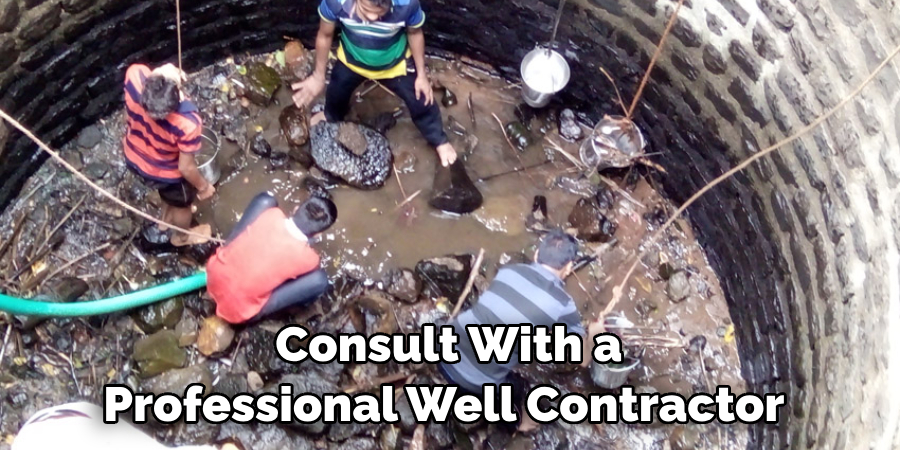
Following these additional tips and tricks can help you effectively clean sediment out of your well and maintain a healthy and safe water supply. Remember to always prioritize safety and consult with professionals if needed. Regular maintenance and care are key to keeping your well system functioning properly for years to come. So, be proactive and take the necessary steps to protect your well and ensure the quality of your water.
Things You Should Consider to Clean Sediment Out of a Well
- The first thing you should consider when cleaning sediment out of a well is determining the source of the sediment. This can help you determine the most effective method for removing it.
- If your well is located in an area with high levels of iron or manganese, these minerals may be causing the sediment buildup. In this case, using a chemical cleaner specifically designed to remove these minerals may be necessary.
- Hard water can also contribute to sediment buildup in a well. In this case, a water softener or de-scaling agent may be needed to prevent further sediment accumulation.
- Sometimes, sediment can enter the well through cracks or gaps in the well casing or screen. It’s important to inspect these areas and make any necessary repairs before attempting to clean out the sediment.
- It’s also important to consider the type of well you have when deciding on a cleaning method. Traditional wells with a vertical shaft may require different cleaning techniques than newer, horizontal drilling wells.
- Before starting any cleaning process, it’s crucial to shut off the power supply to your well pump and drain all water from the system.
- One common method for cleaning sediment out of a well is to use a high-powered jet of water to flush out the debris. This method can be effective for removing loose sediment, but it may not work as well for more solid buildup.
- Another option is to use a mechanical tool or brush designed specifically for cleaning wells. These tools are designed to break up and remove stubborn sediment from the walls and bottom of the well.
- It’s important to note that some cleaning methods may require professional assistance, especially if you are dealing with a large amount of sediment or if the source is difficult to identify.
- After cleaning, it’s recommended to test your water for any remaining sediment or contaminants. This will ensure that your well is completely clean and safe for use.
- To prevent future sediment buildup, it’s important to regularly maintain and monitor your well. This includes regular inspections and cleaning if necessary.

Following these considerations and taking proper precautions can help you effectively clean sediment out of your well and ensure the safety of your water supply. Remember to always follow manufacturer instructions and seek professional assistance if needed.
Overall, maintaining a clean and functioning well is crucial for the health and safety of both you and your community. So be sure to stay informed about the condition of your well and take action when necessary to keep it clean and free of sediment.
Frequently Asked Questions
What is Sediment and Why Does It Accumulate in Wells?
Sediment refers to small particles such as sand, silt, and clay that can be found in well water. These particles are often carried by the flow of water and end up settling at the bottom of the well. Over time, this accumulation can lead to decreased water flow and potential contamination of the well water.
How Can I Tell if There is Sediment in My Well?
If there is a noticeable decrease in water pressure or an unpleasant taste, odor, or appearance of the well water, it may be an indication that there is sediment present. You can also check the bottom of your well casing for any visible sediment buildup.
What are the Risks of Having Sediment in My Well?
Aside from decreased water flow and potential contamination, sediment can also cause damage to your well pump and other components by clogging or wearing them down. It can also affect the quality of your well water, leading to health concerns if consumed.
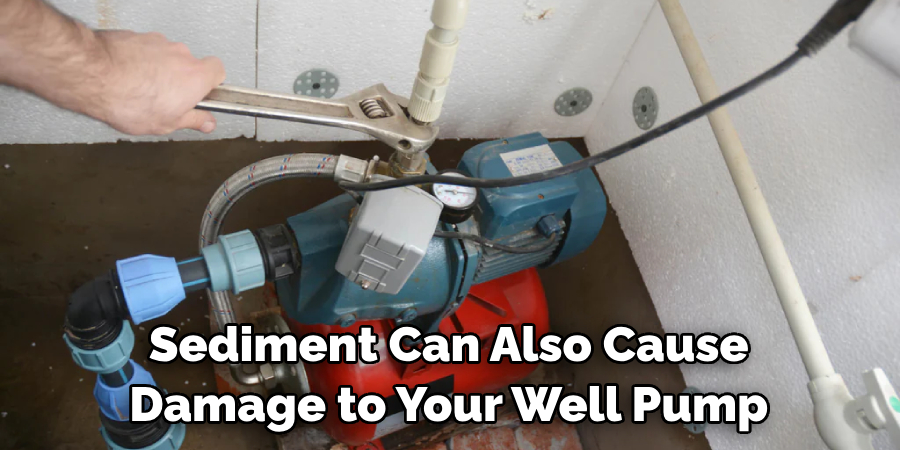
How Often Should I Clean Sediment Out of My Well?
The frequency of well sediment cleaning varies depending on the amount and type of sediment present. For wells with low levels of sediment, it may be sufficient to clean every 1-2 years. However, for wells with high levels of sediment, more frequent cleaning may be necessary.
Can I Clean Sediment Out of My Well Myself?
It is recommended to hire a professional well contractor to clean sediment out of your well. They have the necessary equipment and expertise to safely and effectively remove sediment without causing damage to the well. Attempting to do it yourself may not only be ineffective but also dangerous.
Conclusion
Knowing how to clean sediment out of a well is crucial for maintaining the quality and functionality of your well. It is important to regularly monitor your well for sediment buildup and address it promptly to avoid potential risks.
Hiring a professional to clean sediment out of your well is the safest and most effective option, ensuring that your well water remains safe for consumption. Staying informed and taking proper care of your well can help ensure a reliable and clean water source for your household.
So, if you suspect sediment in your well, don’t hesitate to take action and seek professional help if needed. Keep your well-maintained and enjoy clean, safe water for years to come. Remember to always prioritize the health and safety of yourself and those around you.

